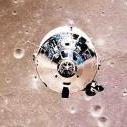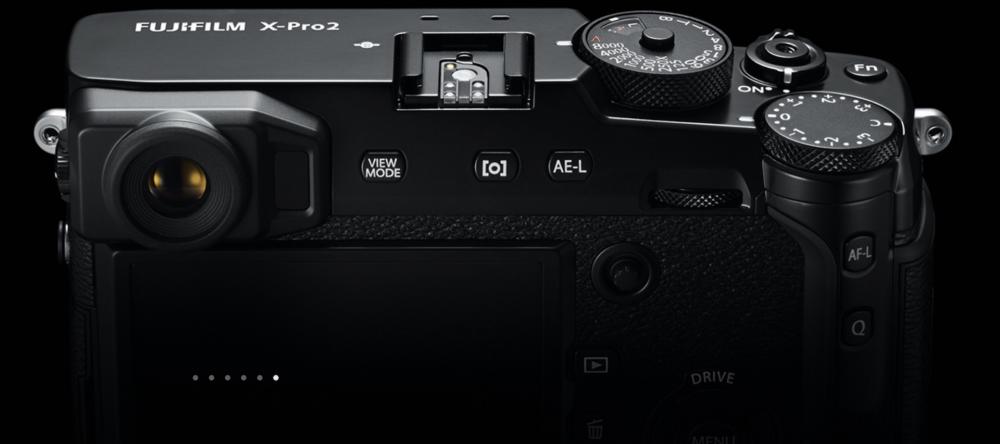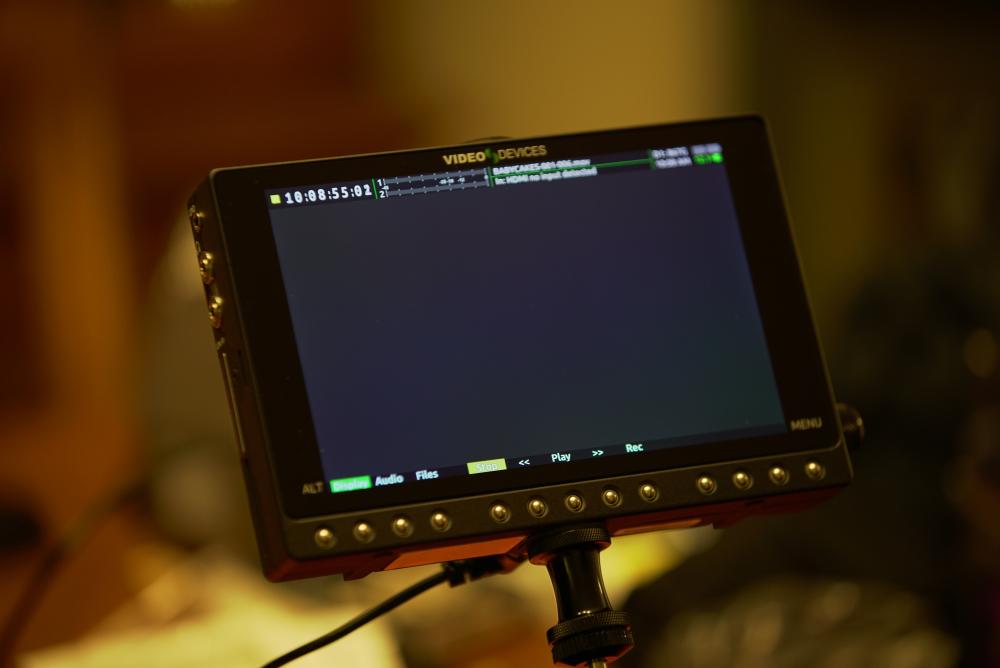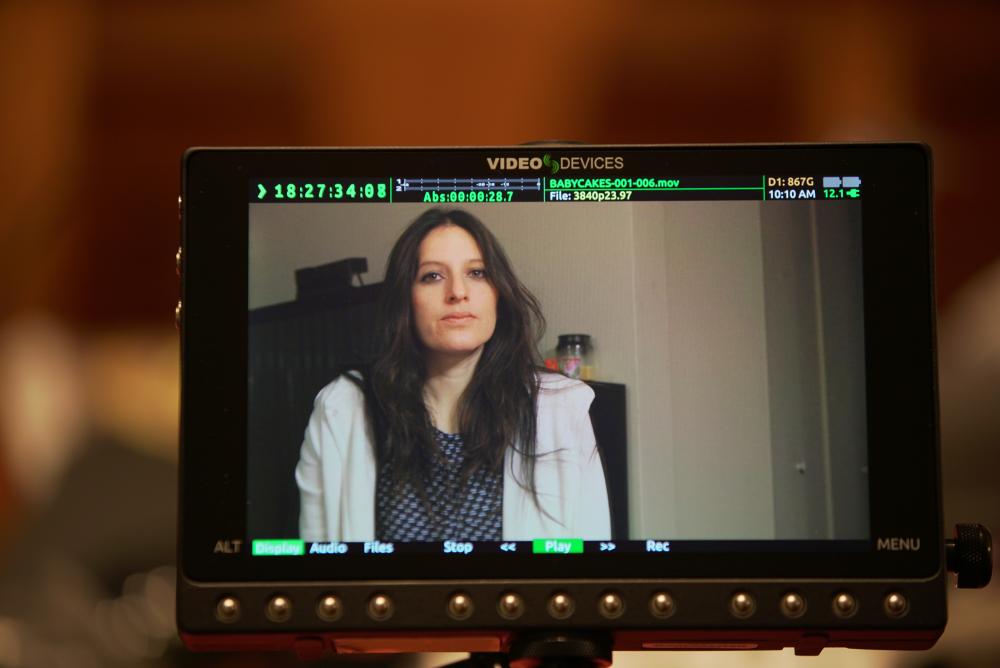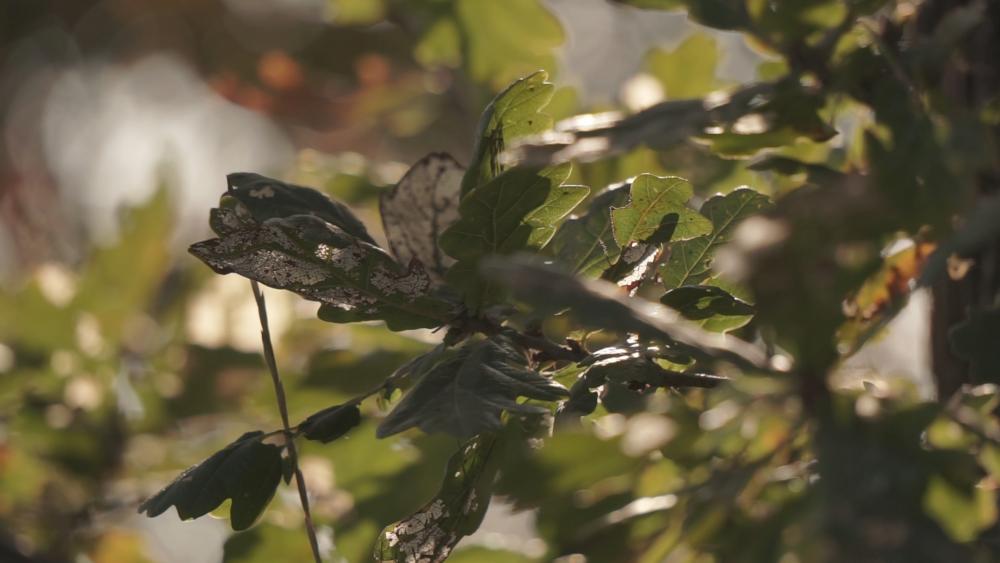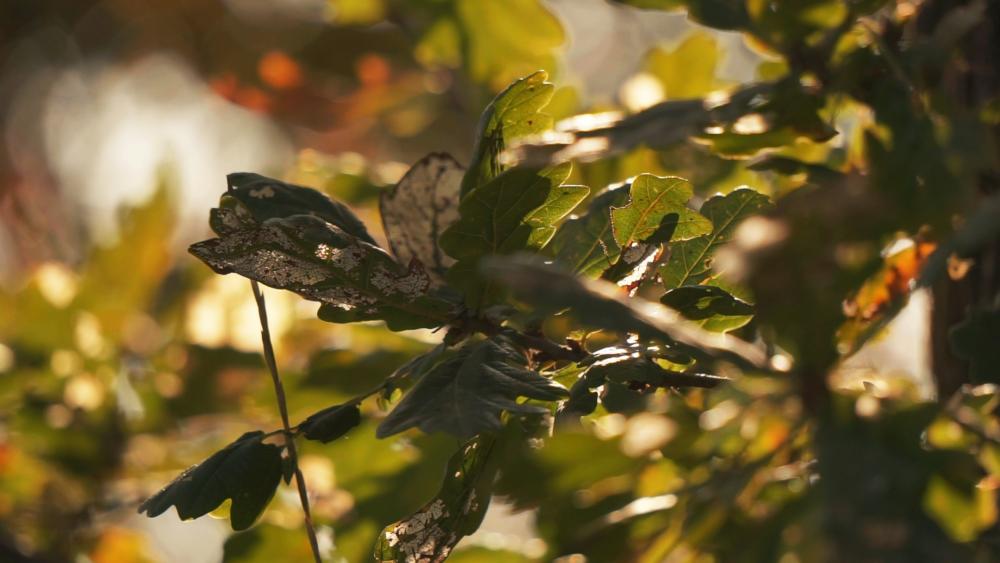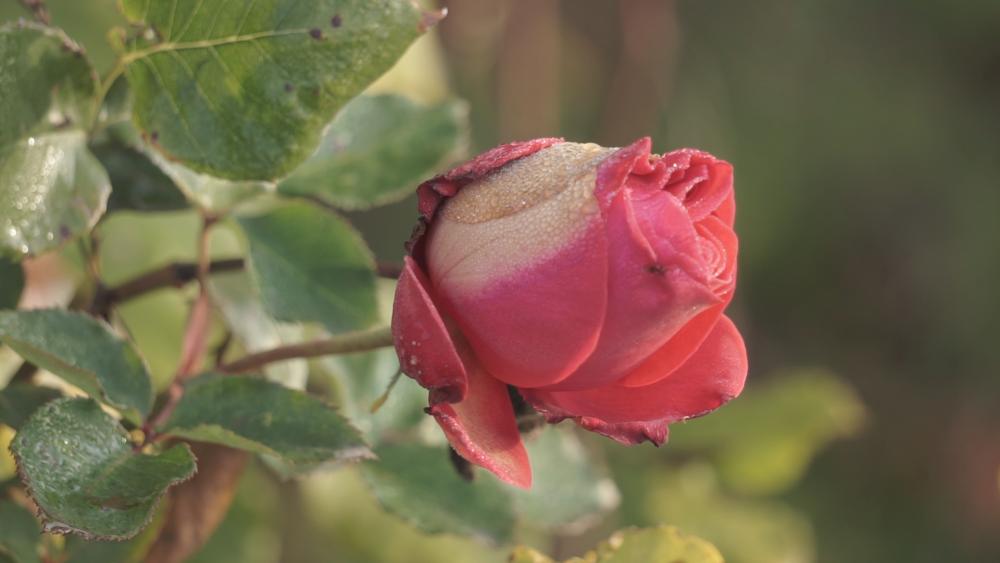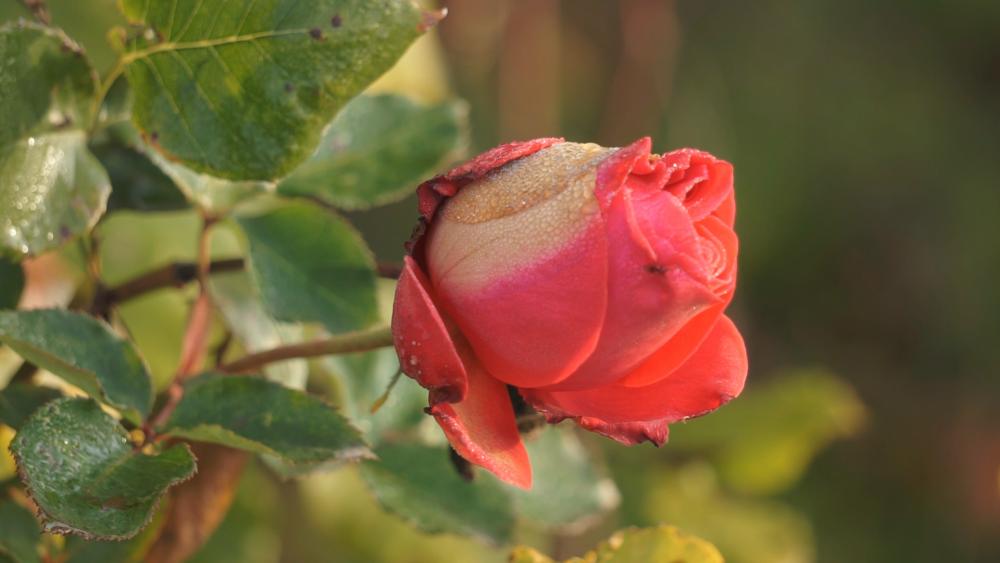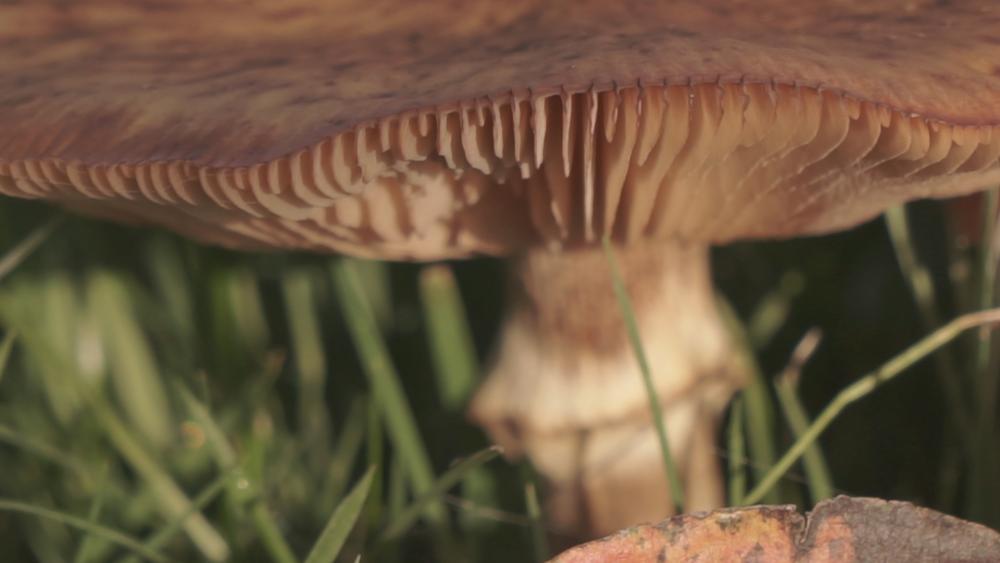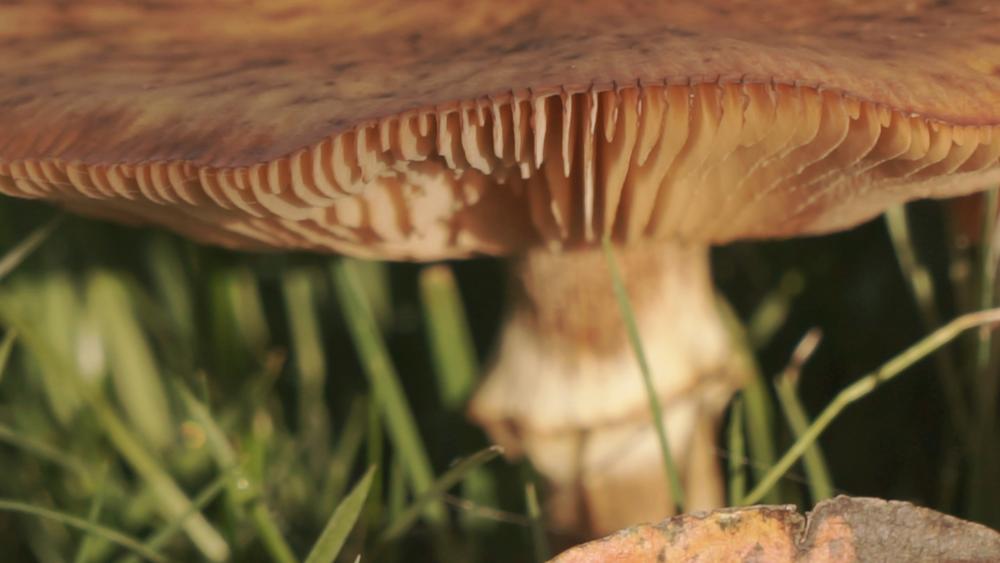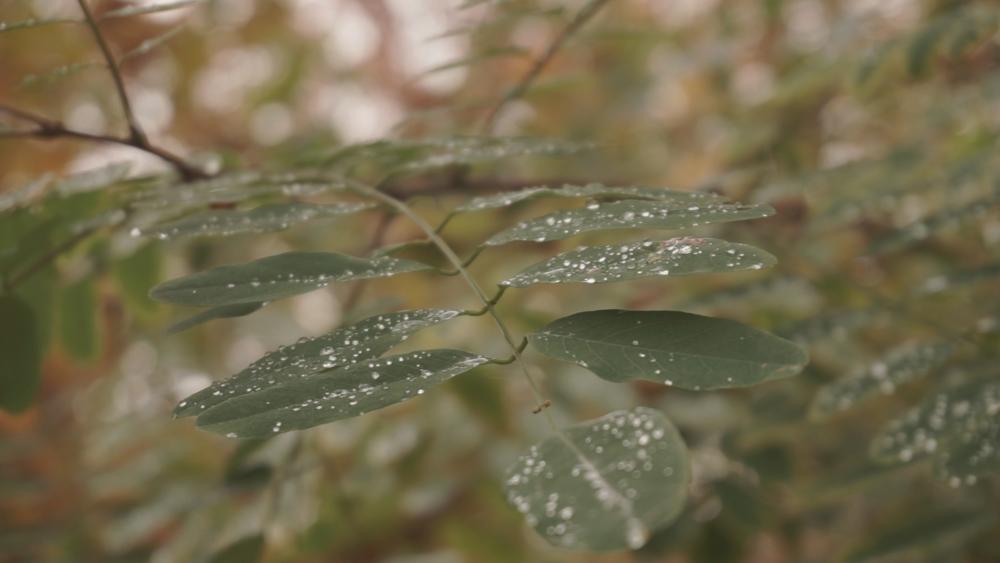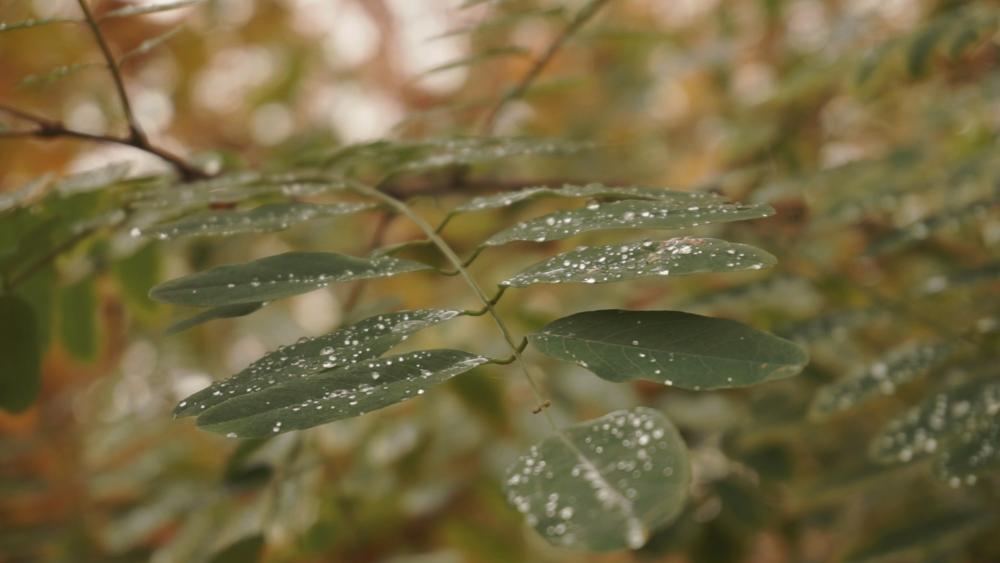Leaderboard
Popular Content
Showing content with the highest reputation on 01/22/2016 in all areas
-
Hey guys here is the Rallycross race I filmed last weekend with the Angenieux 12-120 https://vimeo.com/152638879 This lens was interesting to shoot with. Loved having the zoom range to get the cars, and it went decently wide. All real time footage was filmed in 4k in 4:3 aspect ratio and cropped into a 16x9 HD timeline. (the anamorphic crop on the final footage is just a mask) The slow-mo on the gh4 is only in 1080p so I wasn't able to crop in to hide the vignette however at the longer end of the zoom the vignette I got gave a pretty cool look. I feel like Top Gear goes for a similar look in their post. I applied a kodak LUT and minor exposure balance. The in-car footage was filmed with a No.1 close up diopter as the 12-120s minimum focus is ~4 feet. The diopter increases the tunnel vision effect further. Some shots I cropped in more than others but I ended up liking the cramped view for the in-car shots. Enjoy!4 points
-
I am really pleased to say the video quality of the X Pro 2 is seriously impressive. It's not 4K but it's enormously satisfying, sharp and detailed. What's great is that now we can finally shoot moving images with Fuji's superb film-like colour science, without having to worry about image quality. Read the full article2 points
-
Got in the brand new Video Devices PIX-E7 yesterday. Quick observations, build quality is first rate. Tap to zoom is very handy and works well. When plugged into the A7Rii it defaulted to 422HQ 10bit. The resulting recordings looked very good and the unit was not loud when operating. The PIX-E7 does get warm, but not hot. The display is very nice, pulling focus was quite easy and noise was easy to detect when present. Colors looked good. The monitor allows you to add non-baked in LUTS which is very handy. Peaking and zebras are also nice to have.2 points
-

Horses through fire - A (very) short documentary I made using RX100's 100fps feature
Santi Deva and one other reacted to Hans Punk for a topic
On repeat viewings and clearer thinking through of its intention - it is a powerful piece. But I'm still torn between thinking if its presentation style helps or hinders the intended purpose. As a filmmaker: I see beauty,history,trauma in the images - like a moving painting from the napoleonic war. I can appreciate the artistic merit of images separate from the subject matter and its possible controversy. Some beautiful images can be found from very ugly things. As a 'regular' guy: I see pointless trauma being inflicted onto animals but presented in a confusing way that reminds me of a high budget car commercial. I guess my only feeling is that I'd prefer to see it as part of a longer documentary that invested time into the people who contribute to the tradition, as well as those who appose it. Having a montage with slow motion 'beauty and wonder' aesthetic is a powerful cinematic tool, my comment regarding this being an unwise choice is subjective. As Bioskop said - 'you recoil twice as hard precisely because of the dichotomy of the images (beautiful & grotesque)'. - I partly agree with that, but I think the issue I have is the clash of cinematic visuals next to intended journalistic reportage. It may possible to combine these, but very hard to convey a clear message in short-form without those (sometimes) overpowering aesthetics being noticed. You at least need a balance there. In any case Santi - you did a good job in documenting the event, the fact that there is an ambiguity in the presentation style only adds to the impact and help provoke discussion. It's an interesting case study on how 'real-life' imagery can be presented in a cinematic style - and what ramifications that may have to the viewer when trying to take a neutral stance from a journalistic/ documentary perspective. Why could they not be riding Donald Trump through those flames instead?2 points -

Ursa Mini 4.6K new footage and info...
mercer and one other reacted to AaronChicago for a topic
Teal/Orange is very popular right now, but it actually has been used for a long time. It adds the ultimate in color contrast with orange hues for skin and teal hues for backgrounds/shadows. Another reason it's effective is that blue in a background creates the illusion of distance when orange/red is in the foreground. If you reverse it, and have orange/red in the background with a blue/teal foreground the distance appears shorter.2 points -
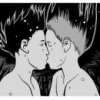
First Day With the BMPCC
Liam and one other reacted to Matt Kieley for a topic
I did a quick lighting/grading/fake s16 test:2 points -

Ursa Mini 4.6K new footage and info...
Liam and one other reacted to Lintelfilm for a topic
So, er, kinda off-topic but ... this exists in the world. I'm going to be singing it in my head for the next 5 days I can tell:2 points -
the price on the f65 will probably be down to 5 grand in 1 year so don't worry !2 points
-
Hi all, since a few months I'm using a Sony a6000 - and so far, I've been very happy with it. The stills are great – especially the RAW files - and the video is also quite good. However, I haven't found yet the best colour settings for video. FYI, I particularly like film-like colours, but not overdone. I also like Arri colours. I suppose a lot of you are either using Canon RAW files, Blackmagic stuff or Sony S-Log, but I'm a beginner and not doing this for a professional purpose, and the photo IQ and portability were also important for me. I would like to know what settings you are using, and if possible also what your thoughts are about other settings. Regarding the grading, I've a reasonable good screen (LG IPS), but it hasn't been calibrated yet. - Picture profile: I figured out that the profiles with the most DR are the standard, neutral, portrait and night settings, dialed down to -3 of course. Portrait seems to change the colours more than the other profiles. Currently I use neutral -3 -1 -1 (like Philip Bloom...). - Saturation setting: I use -1, I don't think it's useful to drop this to -3 as long as there's no colour clipping? Or are there colourspace issues? - Sharpness setting: I use -1, and haven't yet used sharpening in post. I read some people use lower values, which results in some softness, which doesn't seem very correctable (without artifacts) in post. - DR Optimizer: for low ISO's I set it to lv5 (maximum), but for the higher sensitivities I turn it off (or set it lower) due to noise in the shadows. - White balance: I found that judging the WB with my eyes doesn't work at all as regularly the WB of my left eye differs from that of my right eye... I currently try to set the WB by pointing the camera at a white object and then setting the kelvin value in such a way the whites (real and LCD) do match. Is this a good way? I also read about using a diffusing filter and pointing the camera at the sun. Haven't used this method yet (don't have that filter), is it much better? - There are also two other colour settings with coordinates, is it necessary to use them too? Haven't used them yet. - There exists an app that gives more in-camera grading possibilities – and a flatter profile - called 'live grading app' . Anyone using it? Does anyone know whether it's possible to use the extra profiles together with another app, e.g. the timelapse app? Does someone also know whether the XAVC-S issue (http://***URL removed***/forums/thread/3906687#forum-post-56586577) has been fixed? - Does sRGB or AdobeRGB make much difference, as the colours for video are maybe always REC-709 (or so...)? I don't have much understanding of colourspaces – just that not all colours are possible in certain spaces and that most non-pro displays are also rather limited in this regard. Here are some before and after grading frames. Some feedback about the grading would be really apreciated. All footage was shot with neutral -3 -1 -1, custom or auto WB, 25p XAVC-S and the two kit lenses. Sometimes I used my variable ND but in other cases I just dialed down the shutterspeed (I know this isn't cinematic). For the editing, I enabled the full luma range and I used bezier curves for the luma values and a slight technicolor effect to make the colours more vivid. In the future I'll use some very old Nikkon S-mount rangefinder primes (50mm F2 and 35mm F3.5), but I have yet to make an adapter (I think I will 3D print them) as available ones are too expensive (60-250$ + taxes). If I succeed, the designs will be made open source. I'm also looking at Canon FD lenses. From what I've read, it seems that in the US these lenses are available in shops everywhere. This doesn't seem to be the case in Europe however. Anyone tips on where to get them, apart from ebay and the like? Regards, Arne Note: I just noticed that when the images above are clicked to enlarge, the enlargment has slightly other colours than the in-text image (which looks identical to the one in my files). Maybe the problem is on my side, but could someone do a quick check?1 point
-
VFX-heavy sci-fi short
Ian Edward Weir reacted to valid for a topic
A short sci-fi film I directed. Shot on BMCC + a lot of CG/vfx. Filmed in London, China, and Hong Kong. any feedback welcome :-)1 point -
Hi Friends. I have made this spec ad with a Sony A7s, Gopro 4 and Lumix LX100. Hope you enjoy it.1 point
-

New Varicam announcement next month
Jonesy Jones reacted to Andrew Reid for a topic
OT, you're back Jones, did you get the forum issues resolved with the cookies clear out? Would be good to know what was causing the text box to deactivate.1 point -
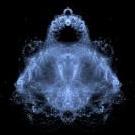
Horses through fire - A (very) short documentary I made using RX100's 100fps feature
Axel reacted to Santi Deva for a topic
http://vimeo.com/152159680 For all the slow motion parts I used the RX100 mk4. For the 25fps parts I used a Canon 5D mk2 with prime lenses.1 point -
Horses through fire - A (very) short documentary I made using RX100's 100fps feature
DanC1 reacted to Bioskop.Inc for a topic
That's what a PhD in Horror films will do to you. Got to remember that intentions of a filmmaker & audience/critic interpretations can be different, normally are.1 point -
I just prefer documentaries without voices and without context, so for me it works.1 point
-
Because that is like having a bag of M&Ms and then empty it out over a glass, with some of the M&Ms missing the glass completely and fall on the floor and say 'look, now they're in the glass'. No, they aren't, not all of them. Just effin' great. I was looking forward to eating those, but I ain't eating 'em offa this floor! Better to deal with things before they get captured, rather than the notorious 'fixing it in post'.1 point
-
Nikon D5 versus Canon 1D C for cinematic 4K video - which wins?
IronFilm reacted to Luke Mason for a topic
http://digicame-info.com/2016/01/d54k330.html1 point -

Ursa Mini 4.6K new footage and info...
Mattias Burling reacted to HelsinkiZim for a topic
I bought into the gimbal hype and the footage looks like it was shot by the terminator. its good if you want to follow or circle something with a quickish walk/run. But all other shots are better on shoulder or with a tripod. About saturation... yeah, I was watching some vlogs, Casey Neistat, and it suddenly occurred to me that the Canon footage is actually more enjoyable to watch these days because it is so refreshing. Not that I don't get a little bit peeved at the sheer vacancy of brain stimulation in most vlogs, but I enjoy the saturated look. I can dig it. Plug n play.1 point -
I thought that this was amazing & achieved exactly what it set out to do - you all seem to have recoiled at the images & knew that it was presenting absolute cruelty towards horses. I also felt that the use of slow motion & the soundscape to be an inspired twist to the norm that we associate with their use - as Hans said "Cinematic language has taught most audiences to associate slow motion and ambient soundscapes as depictions of beauty...". The application of this technique was surely to implicate the audience as an accomplice to such acts & by doing so makes their reaction to these "beautiful" images even more intense - you recoil twice as hard precisely because of the dichotomy of the images (beautiful & grotesque). Also, the PACMA badge was presented throughout & so wasn't hard to realise that this wasn't a glorification. If you felt that it was, then the filmmaker did his job as he placed you into a position that was contrary to your sensibilities & his manipulation of you was complete. The crucial moment for me was when one of the horses fell over in the middle of the fire & it jerked me back to reality - he made me an accomplice, but allowed me to come to my senses. This is what animal rights is all about and sometimes its best to just show something in order to let the audience decide.1 point
-
Making your struggle even more difficult: Tiffen has software that simulates most, if not all, of their filters in a plugin.1 point
-
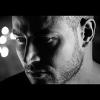
Ursa Mini 4.6K new footage and info...
andrew berekdar reacted to KarimNassar for a topic
same here. it is simply because everybody is throwing the exact same LUT on every single piece of footage. Especially redundant on blackmagic cameras footage. Youtube and vimeo are over flooded with them. Since it's an easy go to "it looks cool" solution, it is often poorly done and people look like walking oranges. All these type of heavily stylized luts you can find online have done quite a disservice to many people imo. Sure it's easy and fast, but what happened is all videos now look the same. The grade should first and foremost support your story anyways, then be visually pleasing. read his book on color correction, very interesting. Now I need to put the knowledge into practice...1 point -
Ursa Mini 4.6K new footage and info...
HelsinkiZim reacted to Mattias Burling for a topic
Another reason Teal/Orange works well is that its a natural occuring color from real life. If I look out my window about 3h from now it will be Teal/Orange. In other words, even if its an artifical look in most scenes the brain wont dismiss it as "unreal" since it at least can look like that sometimes. Thats why the grade in Matrix when they are inside the Matrix enhanced the "artificial" feel.1 point -
Thanks guys, Bold the shoulder rig is from cowboy studio, it's like 30$ on amazon I'll get a picture of it. I find the threaded zoom stick so necessary. The zoom has a zoom crank, which is nice if you want a slow zoom but for quicker zooms and in general I used the stick. I am even planning on threading a longer zoom stick to get more leverage as the one I have is short. The key to being able to have a free hand to zoom is to have the camera stable on your shoulder. A heavier 16mm camera had some weight to it but the little gh4 needs to be nice and steadily mounted. The cowboy studio rig really helps for this. Looks a bit goofy but I can use both hands to operate the lens or one on the lens the other holding the camera to my shoulder.1 point
-
Ursa Mini 4.6K new footage and info...
TheRenaissanceMan reacted to Axel for a topic
No. It's orange/teal grading, which by a popular philosophy optimizes the color contrast and heightens overall clarity of the image. Background is, that when you grade perfect and vivid skintones (which is really very easy with BM footage, as well in ProRes as in raw of course), turquois is the contrasting color, the opposite on the color wheel. This can be done with GH4 and A7s as well, only that both (particularly the Sony) can't capture this range of skintones in the first place, so it will never look that good.1 point -
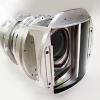
Pack of original LUTs made by myself
benymypony reacted to raf702 for a topic
Just tried the app, awesome!1 point -
I'd like to see a short documentary about someone climbing on the back of those men, whipping their arses and riding them through a fire.1 point
-
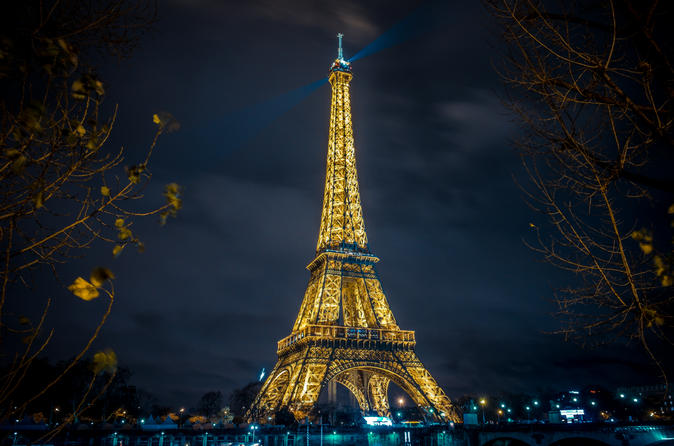
Pack of original LUTs made by myself
iamoui reacted to benymypony for a topic
Hello everybody, I just made a free iPhone app to apply some cine looks on photos, inspired by 35mm film prints renders. The app is named GAMMA 35mm : https://itunes.apple.com/us/app/gamma-35mm/id1071684697?l=fr&ls=1&mt=8 The filters are inspired by real film prints, like the Kodak Ektar 100, Kodachrome 64 or Lomography CN 100 or Kodak Vision3. Inspired only, not the exact emulation. GAMMA is fresh, published only few days ago, and completely free without annoying ad. In future updates I'll create more filters and improve the existing ones. Feel free to post photos on Instagram with the hashtag #gamma35mm. Feedback and suggestions appreciated1 point -

New Fujifilm cameras for video?
IronFilm reacted to fuzzynormal for a topic
Honestly, that's like trying to multiply with zero. If video ever works well in a fuji camera I'm convinced it will be by accident.1 point -
C100 MkII vs Ursa Mini 4K
IronFilm reacted to andrew berekdar for a topic
Just to comment on the C100 mkii, I hear from colleagues who own them that the image falls apart early on in the grade, which I suspect you may be aware of. But if you're able to keep the BMPCC for projects which require a distinct look, and use the C100 for the projects where you want a look pretty much out of the camera then you've got a good combination. Horses for courses....1 point -
you can get this lower contrast look by just stretching nylon stockings over the back of your lens... its cheap and works !!- they have been doing this in Hollywood for many many years since the 1930's - it works!! just watch Atonement by Seamus McGarvey 2007 shot with nylons on the back of the lens read this in American Cinematographer magazine about how he did it http://www.theasc.com/ac_magazine/December2007/Atonement/page1.php Atonement, shot by Seamus McGarvey, BSC, lends stunning visuals to a novel’s impact. To further emphasize the heat, the cinematographer shot most of the 1935 scenes with a 10-denier Christian Dior black stocking on the back of the lens. The only time the filtration came off, he explains, was “when we were shooting against very bright windows. It would bloom out too much and the areas of overexposure would start to corrupt the shadow areas. For those odd shots, I used Schneider Classic Softs — 1â„8, 1â„4 or 1â„2.†While praising the stockings’ effect, McGarvey’s 1st AC, Carlos De Carvalho, notes that the material “reacts very differently if you have a lot of stop on the lens, so [McGarvey] kept things pretty much wide open, which made it more challenging for me — more exciting, actually!†Easing the damage to De Carvalho’s nerves, Panavision supplied a complement of RF (rear filter) lenses, with the exception of the 40mm prime. De Carvalho explains, “The lenses have a little screw-on adapter on the back, which allowed me to pre-net all of the lenses and have a separate ring for each lens. The longer the lens, the more you have to stretch the stockings, so we had to be careful to mark them all. But it allowed us to take the stockings off or put them back on quickly.â€1 point
-
Most of it seems shot in the golden hour and the full-daylight shots are warmed considerably. In the car scene, the weakness of h.264 is obvious to anyone who has shot RAW (not that it was bad). I went through a "filter phase" for a bit, trying to lower contrast. The cost of good filters gets close to the $750 you can pay to get a BMPCC. If low contrast shooting is one's style, beg, borrow or steal a RAW camera. That was my conclusion. Or shoot in the golden hour when the sky becomes one big soft-light. Most cameras look good then :) BTW, Inazuma, are you located in the U.S.?1 point

